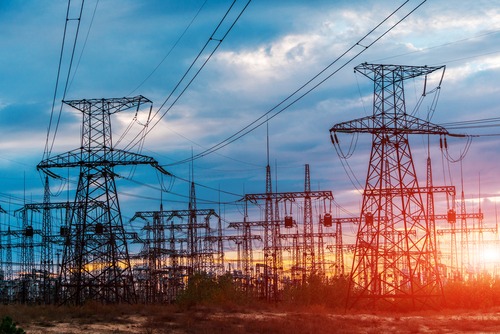SEEM energy exchange marketplace gets approval from FERC

The Southeast Energy Exchange Market (SEEM) and its members got the go ahead this week from the Federal Energy Regulatory Commission (FERC) to establish its proposed energy trading platform.
The commission voted 2-2, but by statutory law a tie vote results in the proposal automatically going into effect. SEEM can now move forward building a technology platform to deliver on its mission by mid-2022.
SEEM is a group of energy companies in the southeastern United States that is looking to establish an automated intra-hour energy exchange with goals of lowering costs to customers, optimizing renewable energy resources, and maintaining reliable service. SEEM will be a 15-minute energy exchange market that would use technology and advanced market systems to automatically match participants with low-cost, clean, and reliable energy across a wide geographic area.
Researchers have estimated that total benefits to grid operators and customers range from $40 million to $50 million annually in the near-term, to $100 million to $150 million annually in later years as more solar and other variable energy resources are added. With wind and solar resources expanding rapidly in the Southeast, the SEEM marketplace will take advantage of renewable resources in the region.
“We are excited the SEEM platform has received this approval. SEEM members want to thank the FERC commissioners and we also thank the FERC staff for their thorough review,” said Noel Black, vice president of governmental affairs at the Southern Company, one of SEEM’s founding members. “SEEM will allow resources to more easily access the electricity wholesale market and will enable and encourage new technologies and approaches necessary to deliver more economic and clean energy to our customers. We look forward to soon delivering those benefits to customers,” Black said.
Other founding members of SEEM include Associated Electric Cooperative, Dalton Utilities, Dominion Energy South Carolina, Duke Energy Carolinas, Duke Energy Progress, Georgia System Operations Corporation, Georgia Transmission Corporation, Louisville Gas and Electric Co. (LG&E) and Kentucky Utilities Co. (KU), MEAG Power, N.C. Municipal Power Agency No. 1, North Carolina Electric Membership Corporation, Oglethorpe Power Corp., PowerSouth, Santee Cooper, and the Tennessee Valley Authority.
